Coronavirus: Seahorses return to Dorset coast amid lockdown
- Published
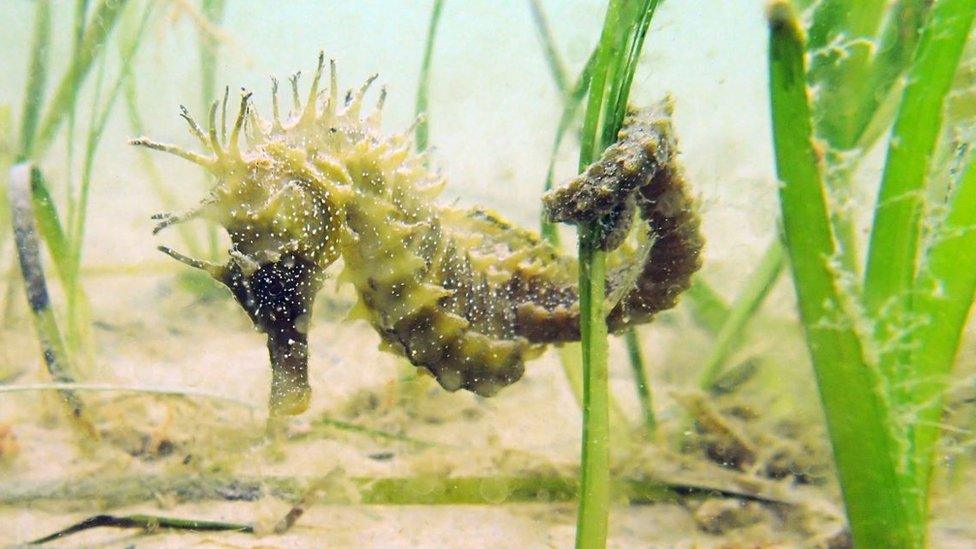
The UK's spiny (pictured) and short snouted seahorses have been protected under the Wildlife and Countryside Act 1981 since 2008
The largest number of protected spiny seahorses have been seen in the seagrass meadows off Dorset since 2008, the Seahorse Trust has said.
During a single dive at Studland Bay, carried out since lockdown began, 16 seahorses, including pregnant males and two babies, were discovered.
No seahorses had been seen in dives since 2018, when a dead one was found.
Trust founder Neil Garrick-Maidment attributed the increase to a reduction in people, boat traffic and anchors.
The amount of seahorses had not been seen during a single survey in the area since 2008, when monitoring began in the bay, he added.
That year about 40 spiny seahorses were recorded, but only two live ones had been spotted since 2015.
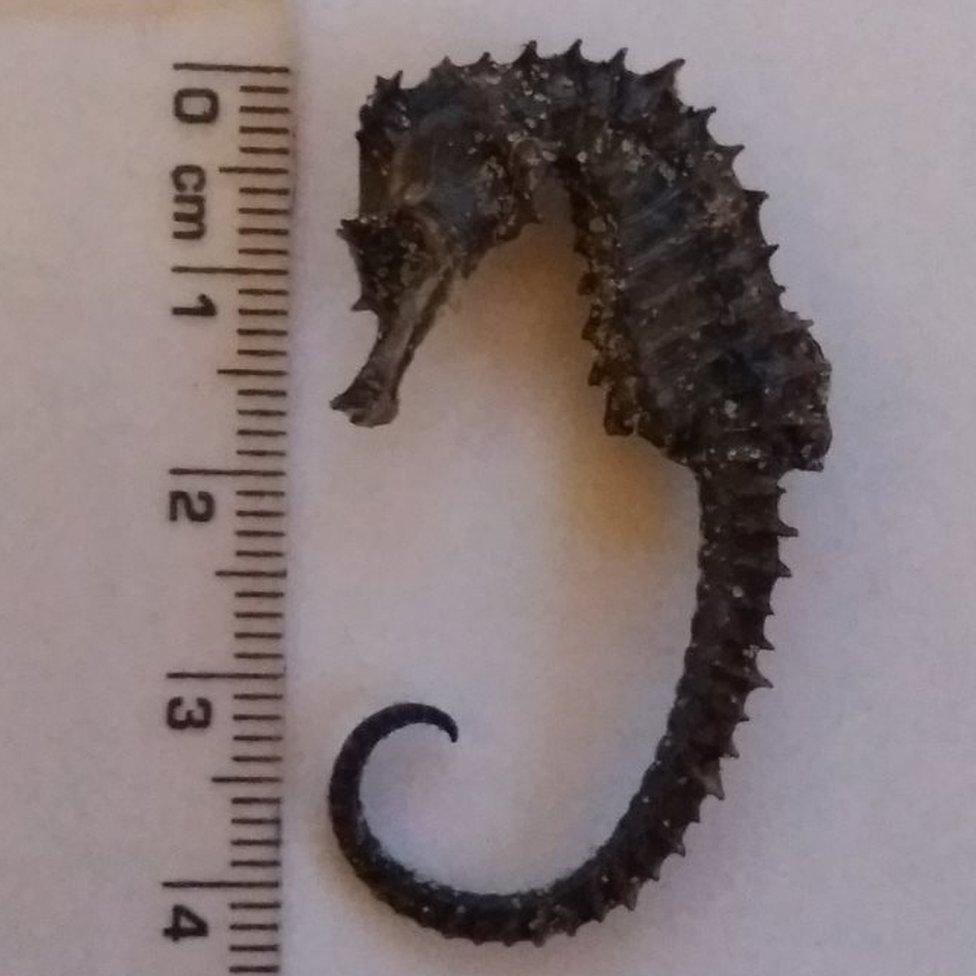
Seahorse Trust divers only managed to find a dead spiny seahorse in Studland Bay in 2018
Mr Garrick-Maidment said of Studland Bay during lockdown: "We have seen so many seahorses because the food chain has recovered, giving seahorses plenty of food to eat, and crucially, somewhere to hide."
He added the seagrass had also "started to repair itself".
The Seahorse Trust and Dorset Wildlife Trust previously said boat moorings were damaging seagrass bed habitats by "dragging and scouring" the seabed.
A study recently found pollution was a threat to UK seagrass.

Previously, only two live seahorses had been spotted at the site since 2015
Last year, 74 specimens of the UK's spiny and short snouted species were recorded off the UK coast. So far this year 35 have been spotted.
Both species have been protected under the Wildlife and Countryside Act 1981 since 2008, which prevents them being killed, injured or taken. Studland Bay was designated as a Marine Conservation Zone (MCZ) last year.
'Special wildlife'
Mr Garrick-Maidment said the trust now wanted Natural England and the Marine Management Organistion (MMO) to put in place measures such as "environmentally friendly moorings".
Matt Heard, Natural England area manager for Wessex, said: "We are firmly committed to protecting our precious habitats and wildlife and we are already consulting on updated conservation advice for the Studland Bay MCZ."
He added Natural England was continuing to work with the MMO "to ensure the MCZ and its special wildlife are well managed, conserved and protected".

A SIMPLE GUIDE: How do I protect myself?
AVOIDING CONTACT: The rules on self-isolation and exercise
LOOK-UP TOOL: Check cases in your area
MAPS AND CHARTS: Visual guide to the outbreak
Related topics
- Published18 April 2019

- Published25 May 2018
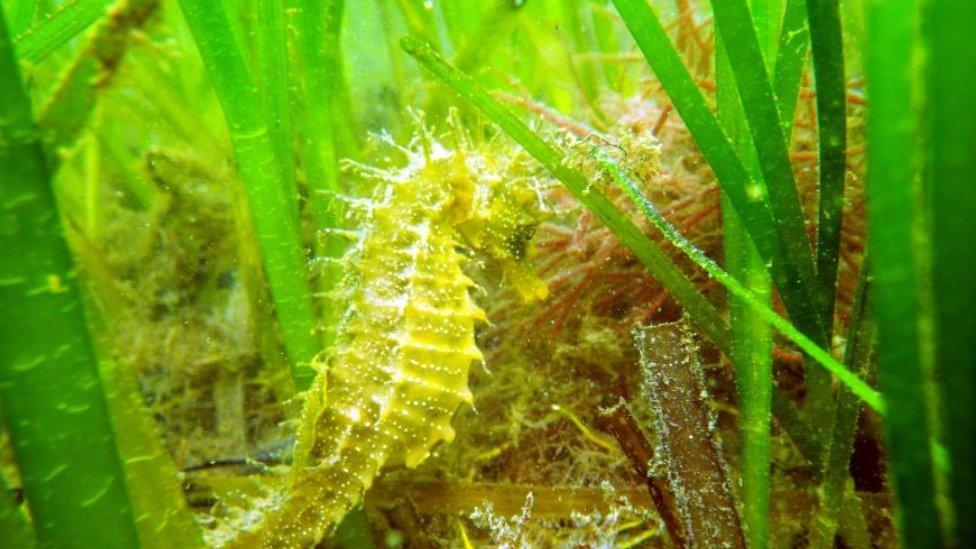
- Published16 February 2018
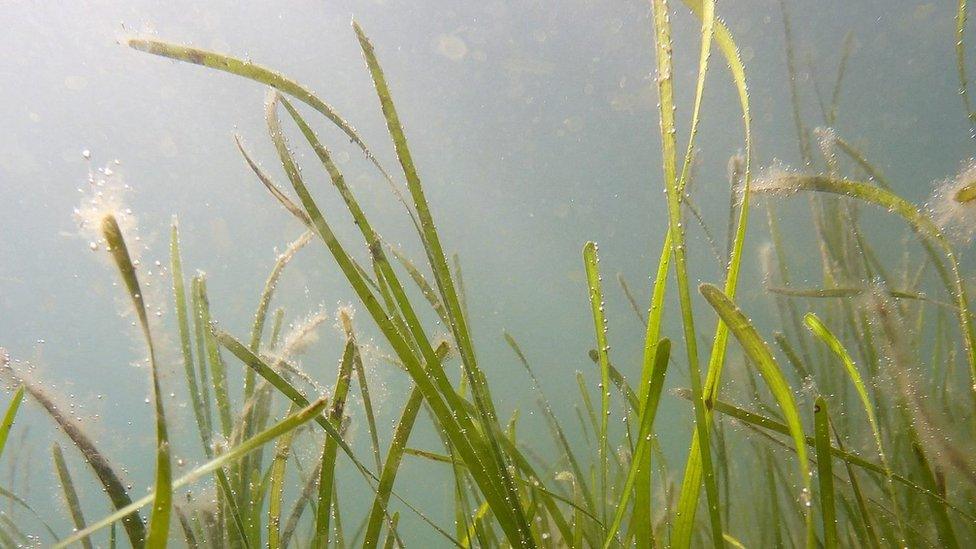
- Published3 October 2017

- Published21 October 2016
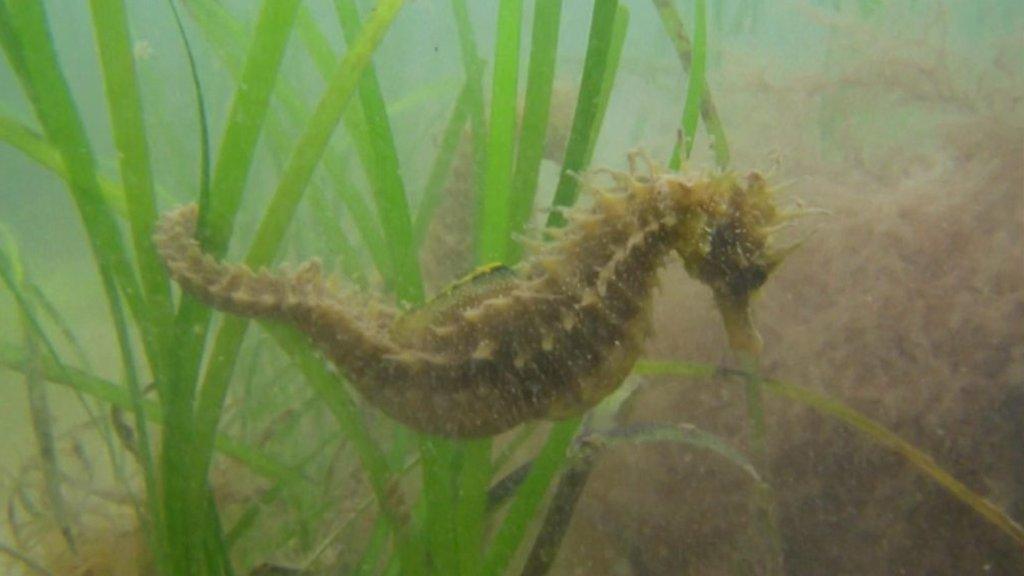
- Published11 April 2016
